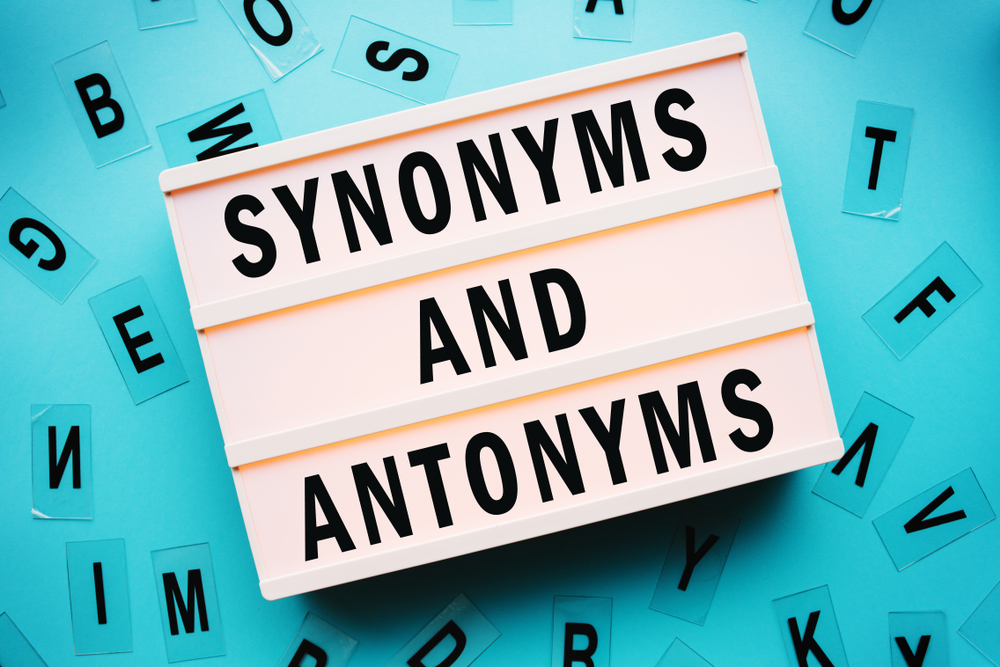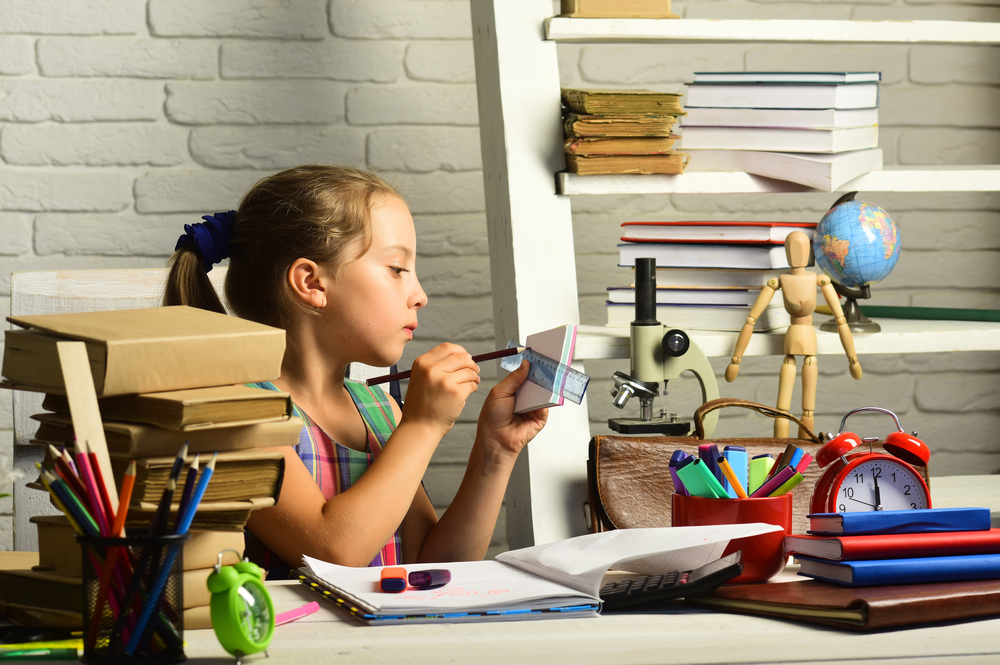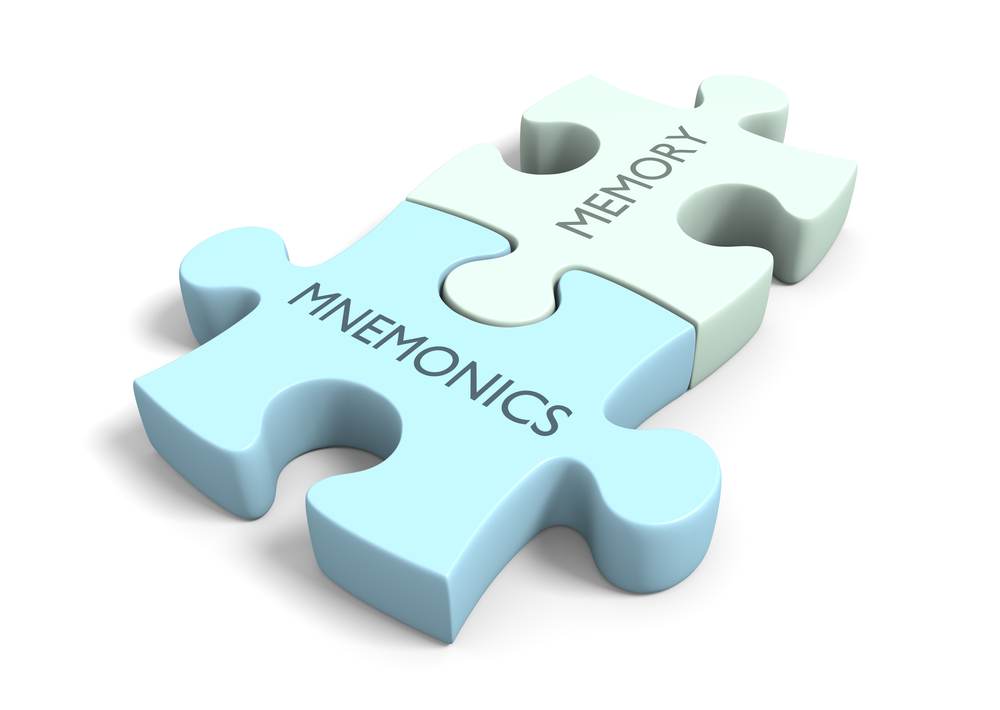Comparing object weights Worksheets for Ages 3-4
3 filtered results
-
From - To
Explore our engaging "Comparing Object Weights Worksheets" tailored specifically for children aged 3 to 4. These worksheets incorporate fun visuals and interactive activities designed to introduce your little ones to the concept of weight comparison. Young learners will enjoy comparing various objects, helping them develop essential critical thinking skills while fostering an understanding of weight differences. Each worksheet provides opportunities for hands-on learning, making this a perfect resource for classrooms or home schooling. Enhance your child's cognitive abilities in a playful and educational manner with our thoughtfully designed worksheets that meet early learning standards. Start their weight comparison journey today!
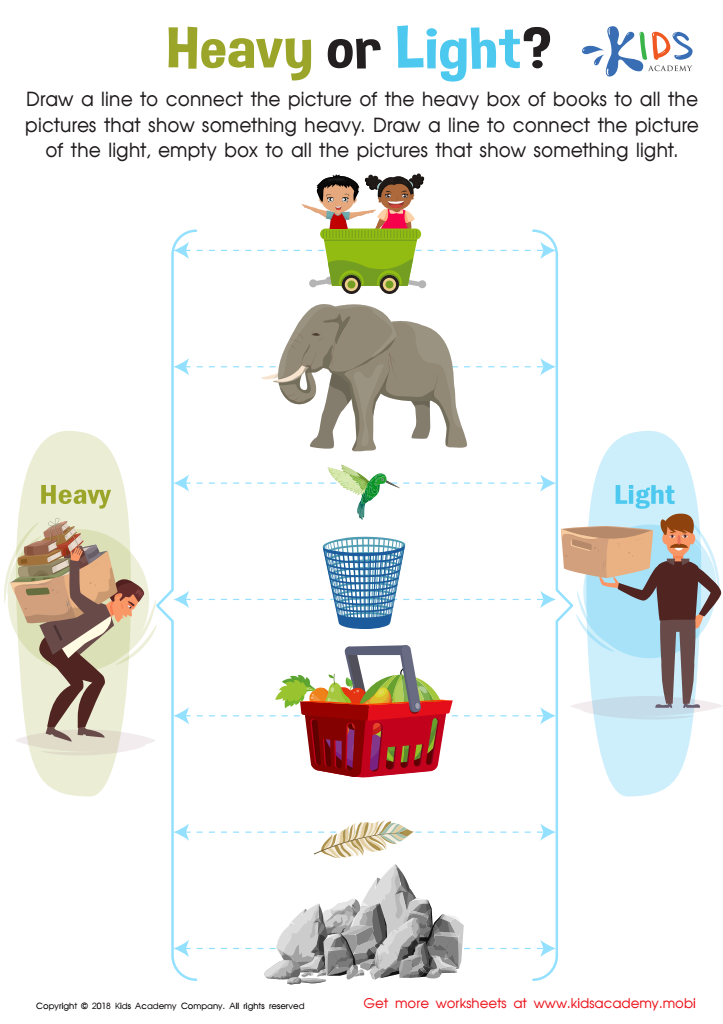

Heavy or Light? Worksheet
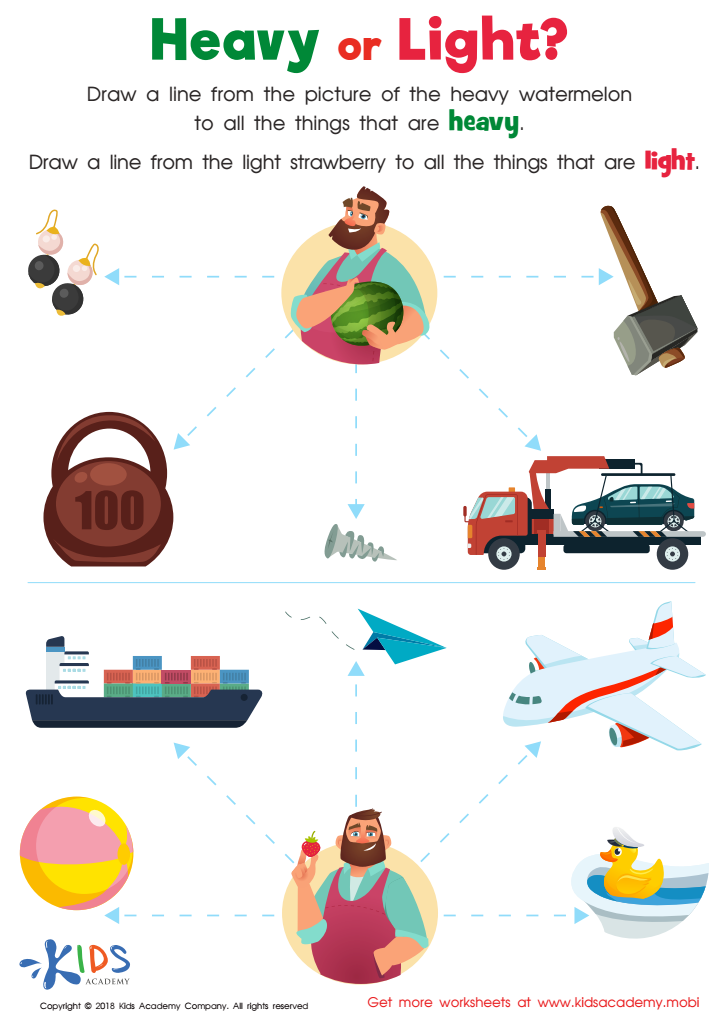

Heavy or Light? Worksheet
Comparing object weights is a fundamental concept that supports early childhood development for ages 3-4. At this stage, children are naturally curious and eager to explore their surroundings. Engaging them in weight comparison activities not only nurtures this curiosity but also lays the groundwork for essential math and science skills.
First, comparing weights introduces basic measurement concepts, helping children understand differences in weight and the idea of heaviness versus lightness. This foundational understanding of physical properties sets the stage for future learning in mathematics and physics. Furthermore, these activities encourage critical thinking and problem-solving, as children hypothesize which object is heavier or lighter and test their ideas through hands-on exploration.
Additionally, weight comparison fosters language development. As adults facilitate these experiences, they introduce new vocabulary and concepts related to weight and measurement, enriching children's language skills. Social skills are also enhanced, as children learn to collaborate, share findings, and engage in discussions during these activities.
Overall, incorporating weight comparisons in playful, hands-on experiences allows young children to build essential cognitive, linguistic, and social skills in a fun, engaging manner, making it a crucial focus for parents and teachers alike.
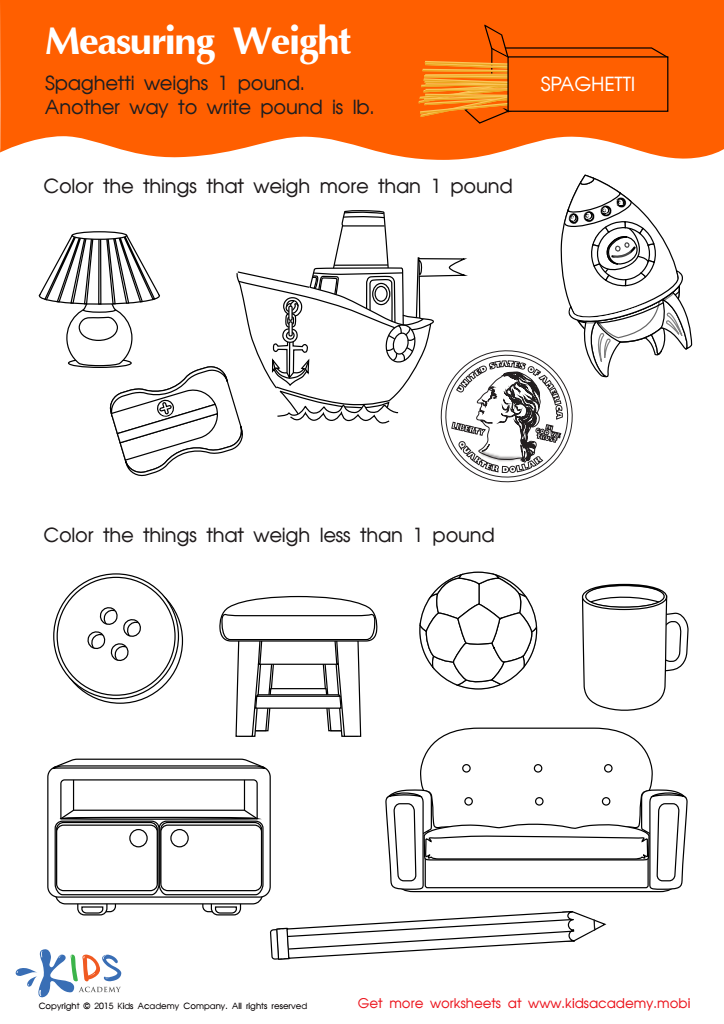
 Assign to My Students
Assign to My Students




